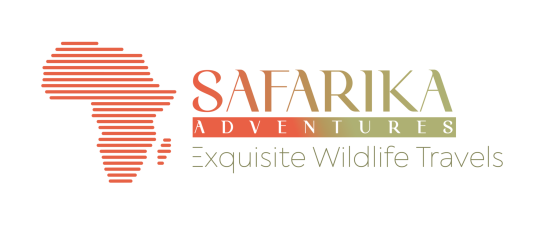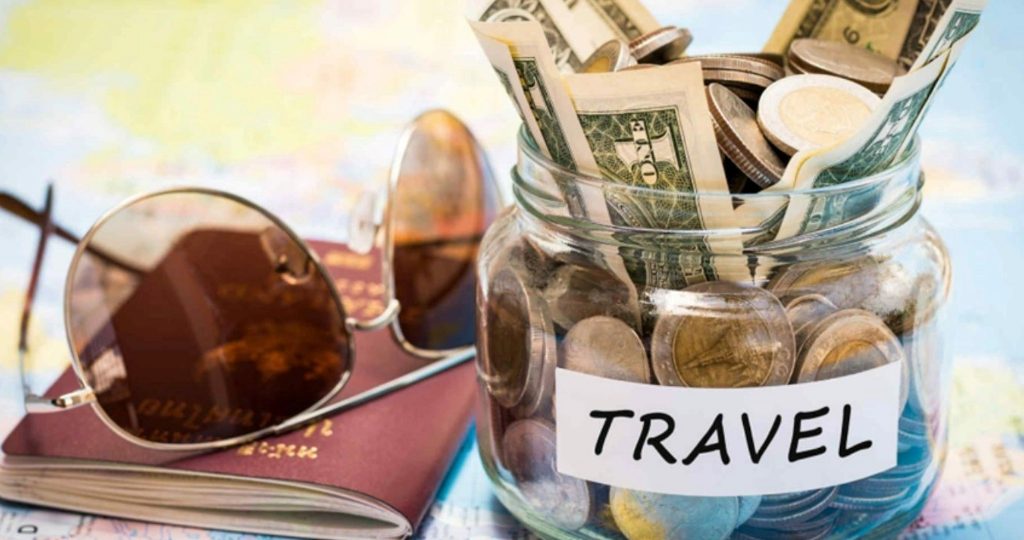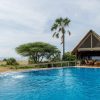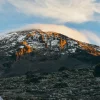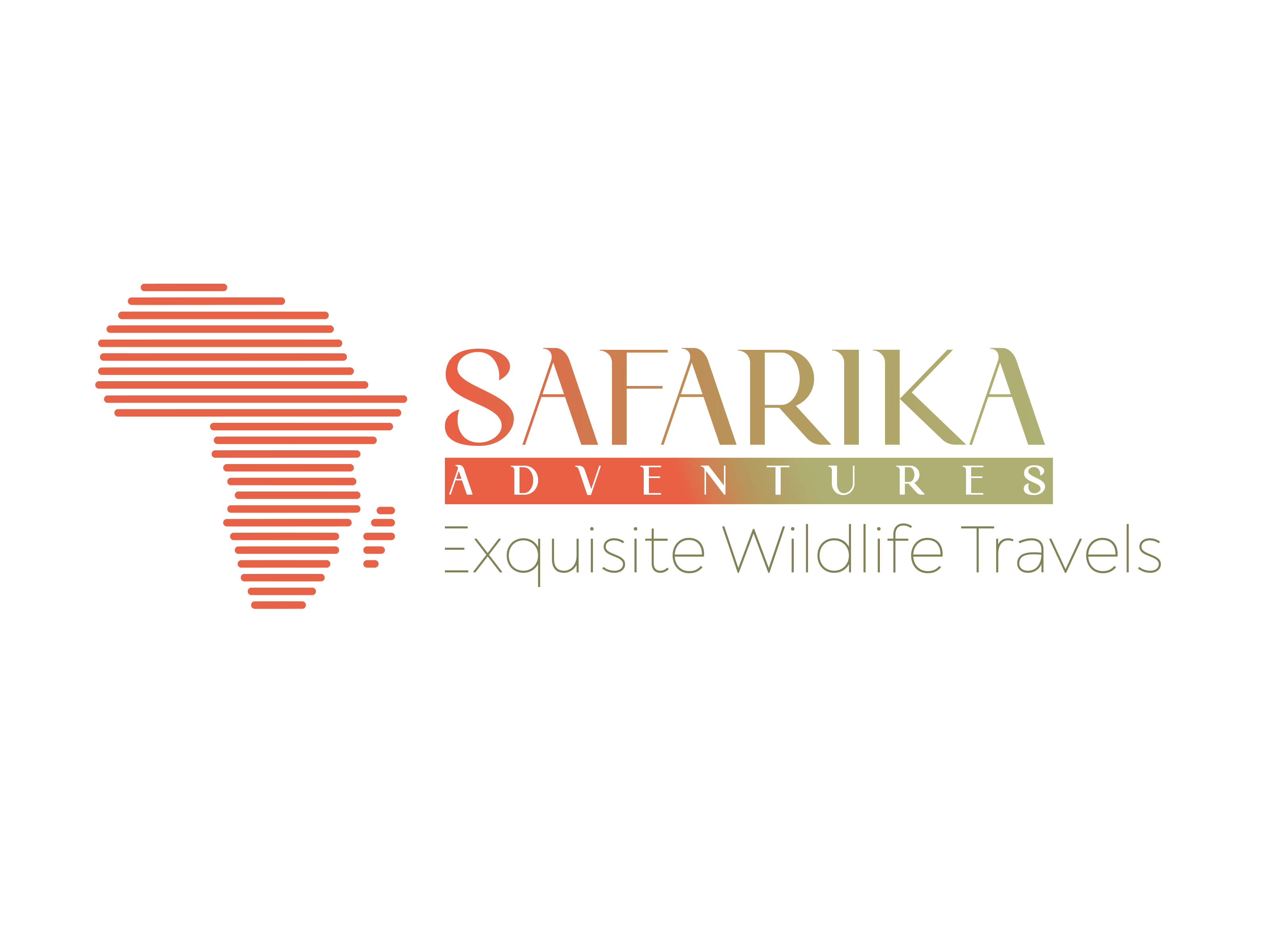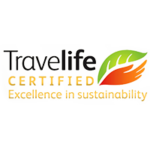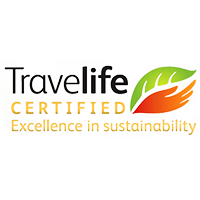Tanzania Safari Costs in 2025: Real Prices, Real Trade-offs, and How to Spend Smart
If you’ve heard that a Tanzania safari is “expensive,” you’re not wrong. You’re also not getting the whole story. Costs rise because you’re traveling into vast protected ecosystems, running purpose-built 4×4 vehicles over long distances, and relying on expert guides and small lodges that operate far from supply lines. In exchange, you get the best big-game viewing on earth, the Great Migration’s stage, and a level of service that doesn’t make sense on a spreadsheet but makes perfect sense at sunset when lions start calling. The trick is knowing where money actually goes—and where you can save without gutting the experience.
Tanzania prices vary more than most first-timers expect because fees, distances, and style swing the needle. Serengeti and Ngorongoro carry higher park and conservation fees than many parks elsewhere, and the distances between the northern-circuit highlights are real. Still, there are honest ways to control spend: better routing, shoulder-season timing, and a clear choice of stay style (classic lodge vs tented camp) matched to your goals. This guide breaks down Tanzania safari cost 2025 with real prices, fees, and ways to save.
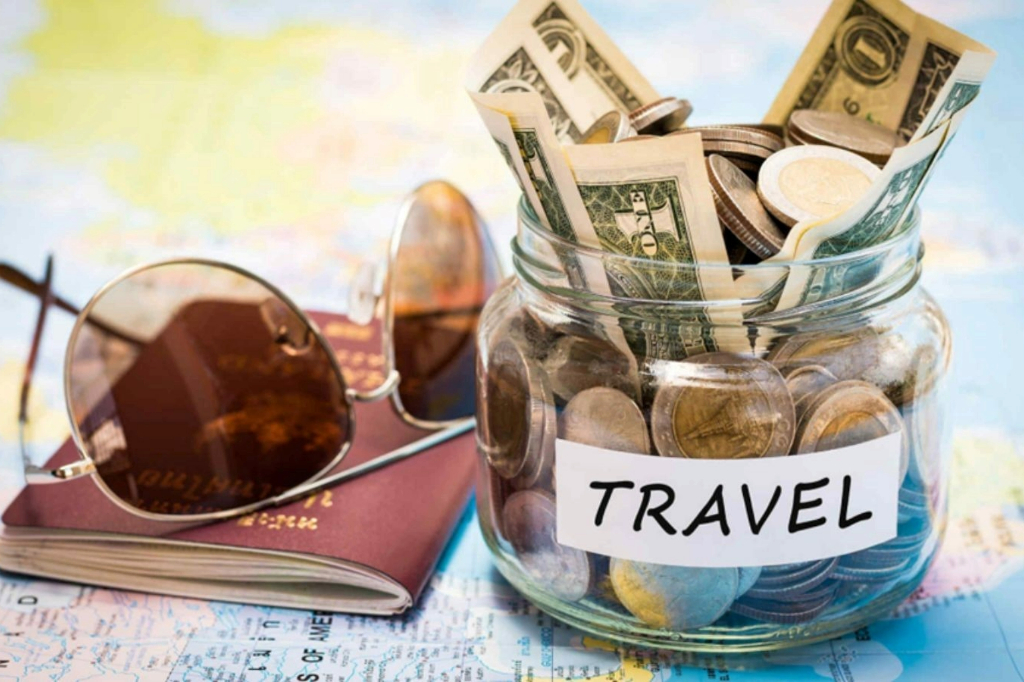
Tanzania safari cost 2025: what actually makes up your bill
Strip your invoice down to parts and you’ll find four levers: park and conservation fees, accommodation category, transport, and length/pace.
Park and conservation fees. These are set by the authorities, not by operators. As a non-EAC visitor, Serengeti entry is listed at US$70 per adult per 24 hours in current tariffs, with taxes and vehicle charges layered on where applicable. The Ngorongoro Conservation Area has its own schedule; in addition to entry fees, there’s a Crater Service Fee of US$295 per vehicle when you descend to the floor. Those two lines alone explain a lot of the “why” behind a Northern Circuit budget.
Accommodation. Camps and lodges range from well-priced classics to ultra-boutique. You’re paying for location, logistics, and staff depth—chefs, mechanics, housekeepers, trackers—running in remote reserves. Many properties include full board and game drives, which reduces “surprise” costs later.
Transport. Big landscapes mean fuel, maintenance, and time. A professional 4×4 doesn’t sip fuel on corrugated tracks. If you add bush flights, expect a higher line item but shorter transfer times. Fly one long leg and drive the rest to balance cost and pace.
Length and pace. This is where most value is lost or found. Five rushed days across five parks looks good on paper and bad on the ground. A focused seven-day route with two hubs often costs the same or less but yields better sightings and fewer dead miles.
Typical daily spend by style (guidance, not quotes)
| Style | 2025 per-person daily range | What it feels like | Good use-case |
| Budget camping (group or basic private) | US$250–350 | Simple tents, shared facilities, very adventurous | Tight budgets, short routes |
| Classic/mid-range lodges or tented camps | US$450–700 | En-suite rooms or canvas suites, solid guiding, full board | First-timers who want comfort and value |
| Luxury | US$900–1,600+ | Top locations, small camps, elevated food/drink, extras | Special trips, photographers, privacy seekers |
| Premium flagships | US$1,800–2,500+ | Iconic brands, private vehicles, scenic flights | Blow-out itineraries |
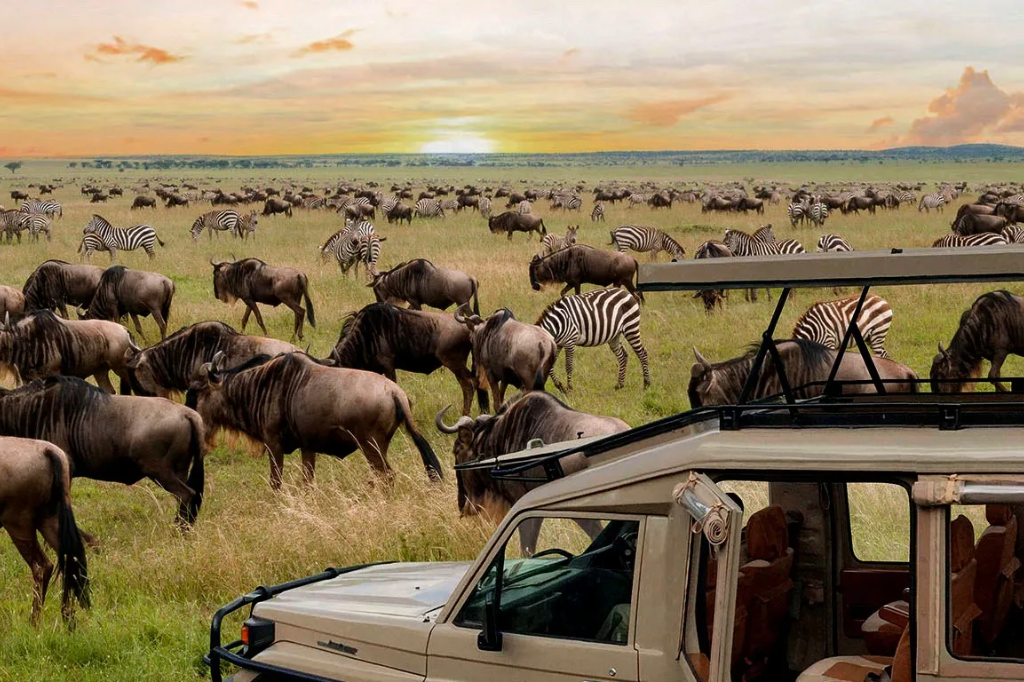
Why Tanzania sometimes costs more than neighbors
Two words: quality and protection. Serengeti and Ngorongoro are UNESCO-level assets managed under strict frameworks. Fees fund roads, rangers, and the conservation work that keeps the plains wild. Tanzania also concentrates some of Africa’s most iconic experiences in one loop—Serengeti, Ngorongoro, Tarangire, Manyara, plus an easy hop to Zanzibar—which draws global demand. Visitor numbers are rising again, which tightens availability in peak months and can nudge rates up. Book early if you’re eyeing July–September or the late-December holidays.
Season matters more than you think
High season (late June–early September; late December–early March) brings dry weather, simpler wildlife viewing, and higher rates. Green/shoulder (roughly November–early December and March–early June) flips the script: fewer vehicles, lower nightly rates at many camps, dramatic skies, and brighter grass. If you want value and you’re okay with some rain risk, this is your window. Photographers love the light. Smart routing still scores predators and herds.
Private vs group vs self-drive: decide by your tolerance for trade-offs
Private safaris maximize time at sightings and let your guide build days around your goals. If you care about outcomes—behavior sequences, the right angles at riverbanks—go private. Group tours trim cost but sacrifice control; fine if you’re social and flexible. Self-drive reduces spend on paper but adds real risk in navigation, recovery, and missed sightings. The Northern Circuit is not Kruger; a radio call and a friendly fix aren’t guaranteed. First-timers who value results usually do better with a driver-guide. (If you must self-drive, confine it to short hops and day-use parks and still budget for professional help inside the big reserves.)
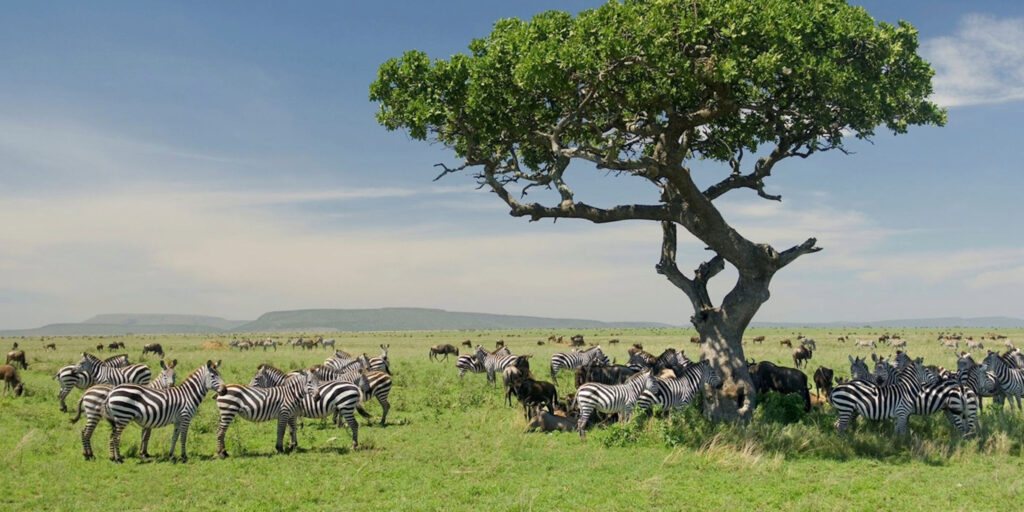
Tanzania safari cost 2025: park fees and crater fees explained
Two examples to show the math:
• Serengeti day: base US$70 per adult (24-hour entry), plus VAT where applicable, plus vehicle and concession fees, plus your lodge/camp night. Multiply by the number of days you’ll be in the park.
• Ngorongoro day with crater descent: per-person NCA entry, plus the Crater Service Fee of US$295 per vehicle per descent. That fee is per vehicle, not per person, and applies on the day you actually drive down.
These are public, published fees. Operators simply pass them through. If one proposal looks “cheaper,” check the fine print: are they skipping the crater descent, shortening Serengeti time, or routing you away from higher-fee zones?
Sample 7-day budget blueprint (classic first-timer route)
Day 1: Arrive Arusha, overnight.
Day 2: Tarangire game drive, classic lodge.
Day 3: Ngorongoro rim lodge, sunset over the caldera.
Day 4: Early crater descent (fee applies), afternoon transfer toward Serengeti.
Days 5–6: Serengeti full days from a central tented camp.
Day 7: Morning drive, bush flight back to Arusha or Zanzibar.
Where the money goes: one crater descent fee; two Serengeti entry days (sometimes three depending on timing); a mix of one drive transfer and one bush flight to save time; five nights in parks; one night near town. This layout balances cost against outcomes—quick wins in the crater, then depth in the Serengeti.
Where to save without cutting the heart out
• Shorten distance, not days. Two hubs > four drive-bys.
• Travel shoulder or green. Nightly rates often drop while sightings stay strong.
• Pick classic camps. Mid-range properties in great locations with great guides beat fancy décor in the wrong spot.
• Fly the long leg only. For instance, fly Serengeti one way, drive the rest.
• Share a vehicle if you must. For couples, this can shave cost, though you lose some control at sightings.
• Ask what’s included. Full board and game drives vs bed-and-breakfast only. Balloon safaris, premium drinks, and laundry can add up.
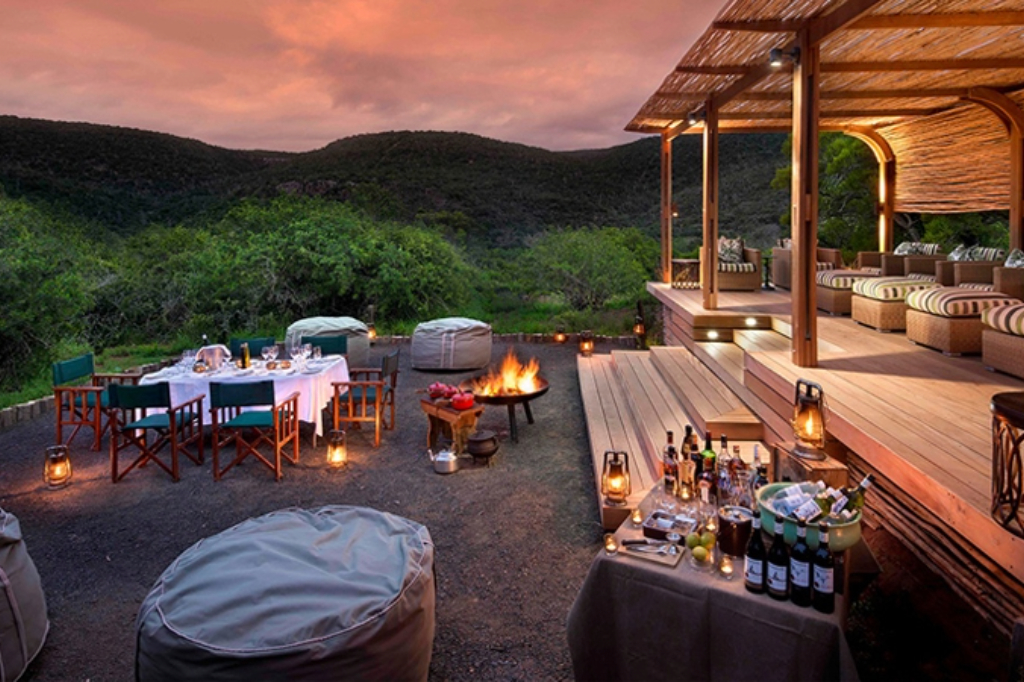
What adds up quietly
• Visas and entry taxes.
• Tipping for driver-guides and camp staff (many lodges give guidance at check-out).
• Balloons in Serengeti and bush flights.
• Single supplements if traveling solo.
• Travel insurance that covers medical evacuation.
• Camera gear and data (big files, spotty Wi‑Fi; bring cards and a small drive).
Ask your operator to list exclusions plainly so you can budget with a clear head.
Lodges vs tented camps: cost and feel
People assume canvas equals “cheap.” Not in modern East Africa. Tented camps can be the most sought-after beds in high season because they sit in the right places and keep the wild soundscape intact. They often run on solar, which lowers generator noise and footprint. Meanwhile, lodges offer bigger facilities—pools, spas, kids’ play areas—and sometimes better shoulder-season offers. A smart first safari often mixes both: a crater-rim lodge for the view and a Serengeti tented camp for immersion.
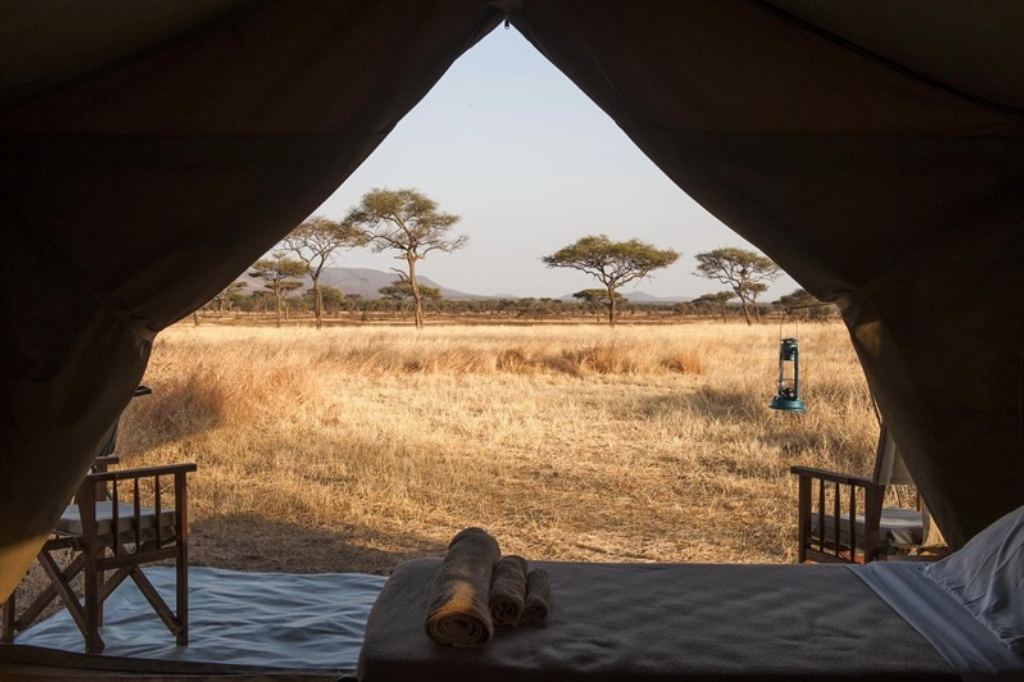
Migration dreams cost more—plan them properly
If you want the Mara River crossings, you’re targeting the far north in late July through early September, when availability is tight and nightly rates reflect demand. The same goes for Ndutu in late January–February for the calving season. Book early and give yourself 2–3 nights in the right zone so weather and movement don’t beat you. Your dates decide your hub; don’t try to “chase” the herds across the whole park in a day.
Example price scenarios (to sense the levers)
A. Classic 7-day “greatest hits,” shoulder season
• Mid-range properties, private 4×4, one bush flight
• Expect roughly US$3,200–4,600 per person depending on exact camps and availability.
• Why it works: lower nightly rates, fewer vehicles, dramatic skies, same predators.
B. Peak-month Migration focus, 7–8 days
• Premium mobile or semi-permanent camp in the north, crater day added
• Expect US$5,500–8,000+ per person.
• Why it costs more: limited beds near crossings, longer logistics, demand spike.
C. Budget-leaning, 6 days, no flight
• Comfortable classic properties, shared vehicle
• Expect US$1,800–2,600 per person.
• Trade-off: less control at sightings and tighter daily schedules.
These are directional ranges, not quotes; they move with exchange rates, taxes, and real-time availability. Always cross-check inclusions and dates.

Honest ways to keep your trip ethical and impactful
• Pay the fees. They protect wildlife and support local jobs.
• Pick operators who invest in guides. Good guiding turns miles into moments.
• Choose light-footprint properties where possible; solar and careful water use matter.
• Respect rules. Staying on roads and giving animals space keeps the place wild for the next traveler (and yes, fines exist for a reason).
Quick answers (FAQ)
Why is Serengeti “more expensive” than other parks?
Higher entry and concession fees, plus distance between hubs, raise day costs. You’re buying access to the best wildlife stage on the continent.
Do I really need to pay the crater fee?
Only if you descend to the floor. It’s US$295 per vehicle and worth it for most first-timers. Many call it the most intense wildlife morning of their trip.
When are the best value weeks?
Late March, early June, and late October often balance strong sightings with fewer vehicles and better availability.
How many nights do I need in Serengeti?
Two at the absolute minimum. Three is better. The park needs time to work. Long drives between sightings pay off when you give them room.
Can I save by cutting a guide and self-driving?
You can, but you’ll likely see less and stress more. If budget is tight, share a vehicle instead.
